
Pleasant living in Amarna
Many houses have been excavated in Amarna over the last century. More than five hundred houses were the subject of studies, one of which was how climate was controlled inside buildings. In this article I will describe some of this research. In present-day Egypt the temperature in summer can easily reach 40 degrees Celsius. At night the thermometer gives much lower values. This big difference in diurnal temperatures is one of the characteristics of the desert climate. Other important aspects are the humidity of the air and the low rainfall. These principles are also applicable to the time of the Pharaohs, as modern scientific research has demonstrated. [more…]
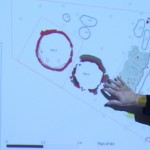
Overview: The Gurob Harem Palace Project Conference
The Gurob Harem Palace Project (http://www.gurob.org.uk), directed by Dr Ian Shaw from the University of Liverpool is collaborative, led by the University of Liverpool, University of Copenhagen and University College London. The conference took place on July 29th 2012 in Liverpool. Originally named Mer-Wer, today’s name derives from the nearby Medinet el-Gurab. It was investigated by a number of previous excavators including Flinders Petrie, William Loat and Guy Brunton before coming, for many years, under military control. The Gurob Harem Palace Project started work at the site in 2005, and their work is ongoing. [more…]
Edition - May, 2012
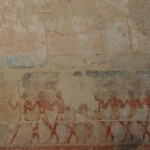
TV Review: The Pharaoh Who Conquered the Sea
The Pharaoh Who Conquered the Sea follows the activities of Cheryl Ward who decided that the only way to determine whether or not Hatshepsut’s expedition to Punt in the New Kingdom was a technically viable proposition was to recreate one of the ships shown on the walls at her funerary temple and test it on the Red Sea. [more…]

The Birth Bower and Mamissi-Chapels in Ancient Egypt
Kate Phizackerley introduces womens’ experience of child birth in Ancient Egypt and the special birth bowers assigned to this important event. She traces how this involved into a special type of chapel, called a mammis and considers what implications might be drawn from one scene depicting Akhenaten and his queen, Nefertiti. Along the way she covers who might attend a birth and touches on some of the medical texts. [more…]
Book Review: Guide to the Valley of the Kings by Alberto Siliotti
By Kate Phizackerley, Published on Egyptological, Magazine Reviews, Edition 5, April 3rd 2012. Guide to the Valley of the Kings Author: Alberto Siliotti First published: Weidenfeld and Nicholson, London, 1996 (USA, Barnes and Noble 1997) Edition reviewed: 4th Edition (1999) ISBN-10: 076070483X ISBN-13: 978-0760704837 168 pages (hardcover) Introduction There are glossy coffee table picture books […] [more…]
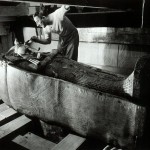
Comparative Book Review: The Discovery of Tutankhamun’s Tomb and Tutankhamun’s Tomb: the Thrill of Discovery
Kate Phizackerley compares and contrasts two books: The Discovery of Tutankhamun’s Tomb (1976) and Tutankhamun’s Tomb: the Thrill of Discovery (2006), both published by the Metropolitan Musuem of Art and both showcasing Harry Burton’s photographs of Tutankhamun’s tomb. She identifies that both have particular strengths and weaknesses. [more…]
Edition - March, 2012
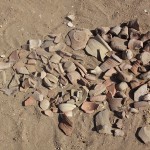
Documentary Overview: The Vanished Capital of the Pharaoh
By Andrea Byrnes, published on In Brief, Egyptological, 18th March 2012 The Vanished Capital of the Pharaoh (In the series ‘Lost Cities of the Ancients’) BBC4, March 15th 2012. 2000-2100. Narrator, Mark Halliley, Series Producer, Dan Clifton Writer, Mark Everest Featuring Manfred Bietak, Edgar Pusch, Aidan Dodson Introduction Figure 1. Map of the […] [more…]
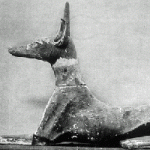
Introduction to the Contents of Tomb KV57 (Horemheb)
KV57, Horemheb’s royal tomb in the Valley of the Kings is famous for its bright decoration but it has yielded a large number of artefacts. The tomb has been excavated twice by Theodore Davis after he discovered the tomb in 1908 and a century later by Geoffrey Martin. This paper brings together findings of both excavations to show that the tomb originall contained an assemblage matching or surpassing that found in KV62, the tomb of Tutankhamun [more…]
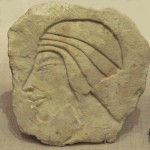
 By
By 